
Roots
The quiet journey of a product beyond your strands, into the water’s embrace, holds a significance often overlooked. Our daily rituals, seemingly confined to the intimate spaces of our homes, possess echoes that ripple far beyond the bathroom drain. Each wash, each rinse, carries with it a confluence of ingredients, some derived from the earth’s bounty, others synthesized by human ingenuity.
These constituents, once serving their purpose in caring for our textured coils, embark upon an unseen passage, their destination the intricate networks of our planet’s water systems. To truly comprehend the scope of this interaction, we must look to the very foundations of these elements, their origins, and their ultimate disposition within the grand hydrological cycle.

What Happens When Hair Products Meet Water?
When shampoo, conditioner, and styling creams descend the drain, they do not simply vanish. Instead, they join the vast stream of domestic wastewater, a complex mixture that eventually arrives at wastewater treatment plants. These facilities, while marvels of engineering, face a considerable challenge in removing the diverse array of chemical compounds present in personal care products. Many of these compounds, designed for specific functions like cleansing, conditioning, or preserving, possess properties that resist easy breakdown or removal by conventional treatment methods.
This resistance means a portion of these ingredients, or their transformed byproducts, can persist, making their way into rivers, lakes, and oceans. The sheer volume of personal care product usage globally means even small percentages of persistent ingredients can accumulate to concerning concentrations in aquatic environments.
The journey of hair product ingredients from our strands to natural waterways unveils a complex interplay between personal care and planetary health.
Consider the very act of cleansing. Surfactants, the cleansing agents that create that satisfying lather, function by reducing the surface tension of water, allowing it to mix with oils and dirt, then carry them away. While effective for hair, these same properties can pose challenges in aquatic settings. Some surfactants, particularly certain cationic types, can be toxic to aquatic life, impacting algae growth and aquatic microbes.
The environmental fate of these substances hinges on their biodegradability – how readily microorganisms can break them down into simpler, harmless compounds. A substance classified as “readily biodegradable” will degrade quickly and completely in a wastewater treatment plant within about 28 days. However, many compounds do not meet this standard, persisting longer in the environment.
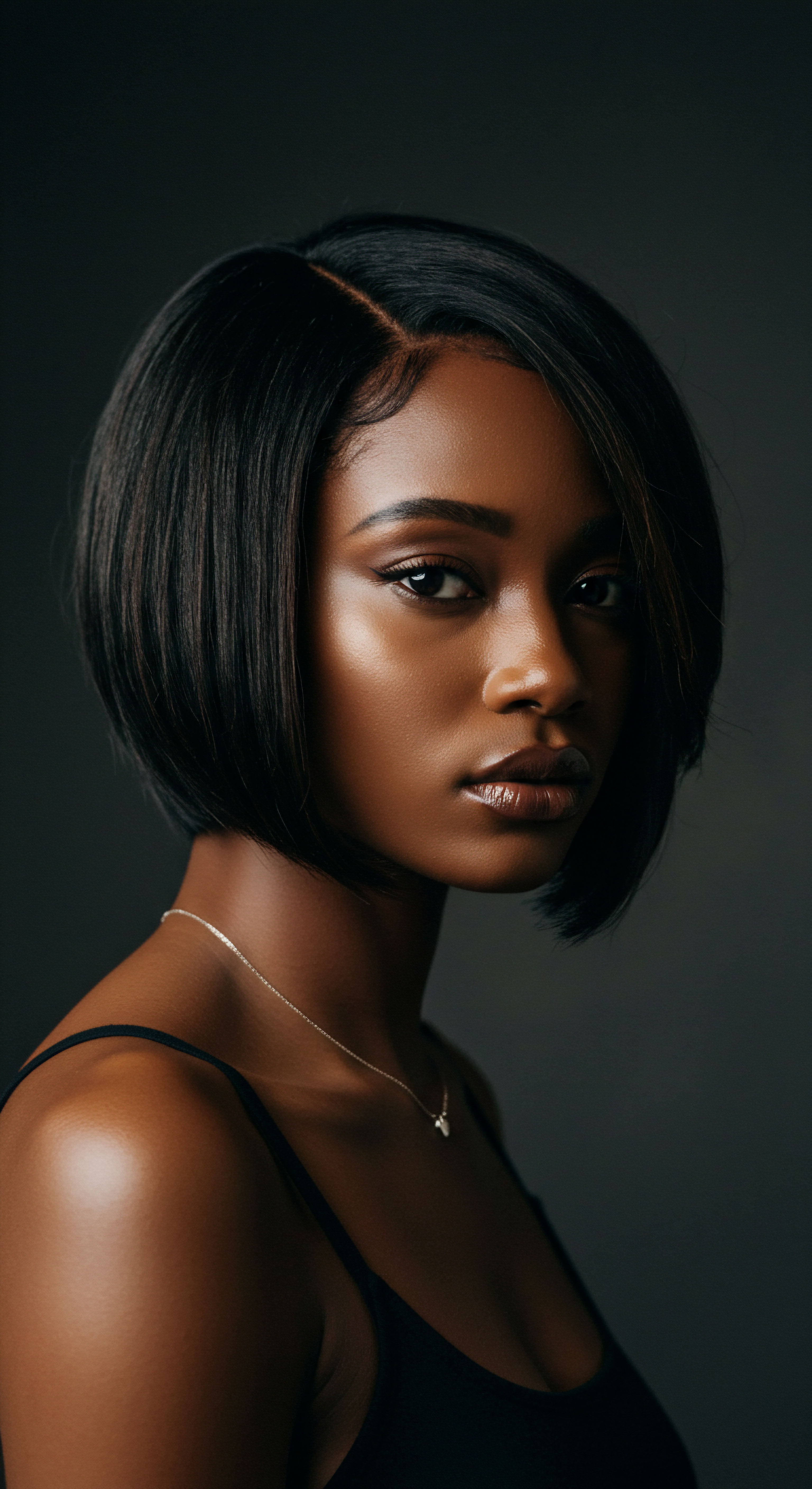
The Chemical Dance of Cleansing Agents
The family of surfactants is broad, each member possessing distinct characteristics. Anionic surfactants, such as sodium lauryl sulfate (SLS) and sodium laureth sulfate (SLES), are widely used for their powerful cleansing and foaming capabilities. While highly effective at stripping away oils and dirt, their strong action can extend to stripping the hair’s natural oils and potentially irritating the scalp.
In the environmental context, while sulfates can be moderately toxic to aquatic life at higher concentrations, they are mostly degraded by the time they reach natural waters. Some studies suggest that product formulations containing dilutions of SLS can be non-toxic to aquatic life.
However, the conversation around sulfates extends beyond their direct aquatic toxicity. Their production, particularly when linked to palm oil, can contribute to deforestation and habitat loss, indirectly impacting biodiversity and water systems through land use changes. This layered consideration highlights that the environmental impact of an ingredient is not solely determined by its post-consumer aquatic presence, but also by its entire lifecycle.
- Surfactants ❉ These agents, responsible for cleansing, lower water’s surface tension, and their varying types present different environmental profiles.
- Biodegradability ❉ The speed and completeness with which ingredients break down in water systems dictate their lingering presence.
- Wastewater Treatment ❉ Plants are designed to remove contaminants, but certain hair product constituents resist typical degradation processes.
| Ingredient Category Surfactants (e.g. Sulfates) |
| Primary Function Cleansing, Foaming |
| Potential Water System Impact Aquatic toxicity at high concentrations, altered water surface tension. |
| Ingredient Category Preservatives (e.g. Parabens, Phenoxyethanol) |
| Primary Function Product stability, Microbial control |
| Potential Water System Impact Toxicity to aquatic organisms, endocrine disruption, persistence. |
| Ingredient Category Silicones |
| Primary Function Smoothing, Conditioning |
| Potential Water System Impact Accumulation in aquatic environments, non-biodegradable. |
| Ingredient Category Quaternary Ammonium Compounds (Quats) |
| Primary Function Conditioning, Detangling |
| Potential Water System Impact Aquatic toxicity, persistence, bioaccumulation potential. |
| Ingredient Category Phthalates |
| Primary Function Fragrance longevity, Plasticizers |
| Potential Water System Impact Endocrine disruption, reproductive harm, environmental contamination. |
| Ingredient Category Microplastics |
| Primary Function Exfoliants, Film formers |
| Potential Water System Impact Ingestion by aquatic life, physical harm, vector for pollutants. |
| Ingredient Category Understanding these interactions helps guide choices for more water-conscious hair care. |

Ritual
Stepping into the realm of daily practice, we acknowledge that our personal care routines are more than mere acts of hygiene; they are rituals, often deeply rooted in cultural heritage and personal comfort. As we move our hands through our hair, applying a conditioning cream or a defining gel, we seldom pause to consider the journey of these compounds once they leave our coils. Yet, the wisdom of our choices, applied through these very rituals, carries weight, extending its influence into the unseen currents of our water systems. This section seeks to shed light on how these repeated actions, seemingly small in isolation, collectively shape the aquatic environments that sustain us all.
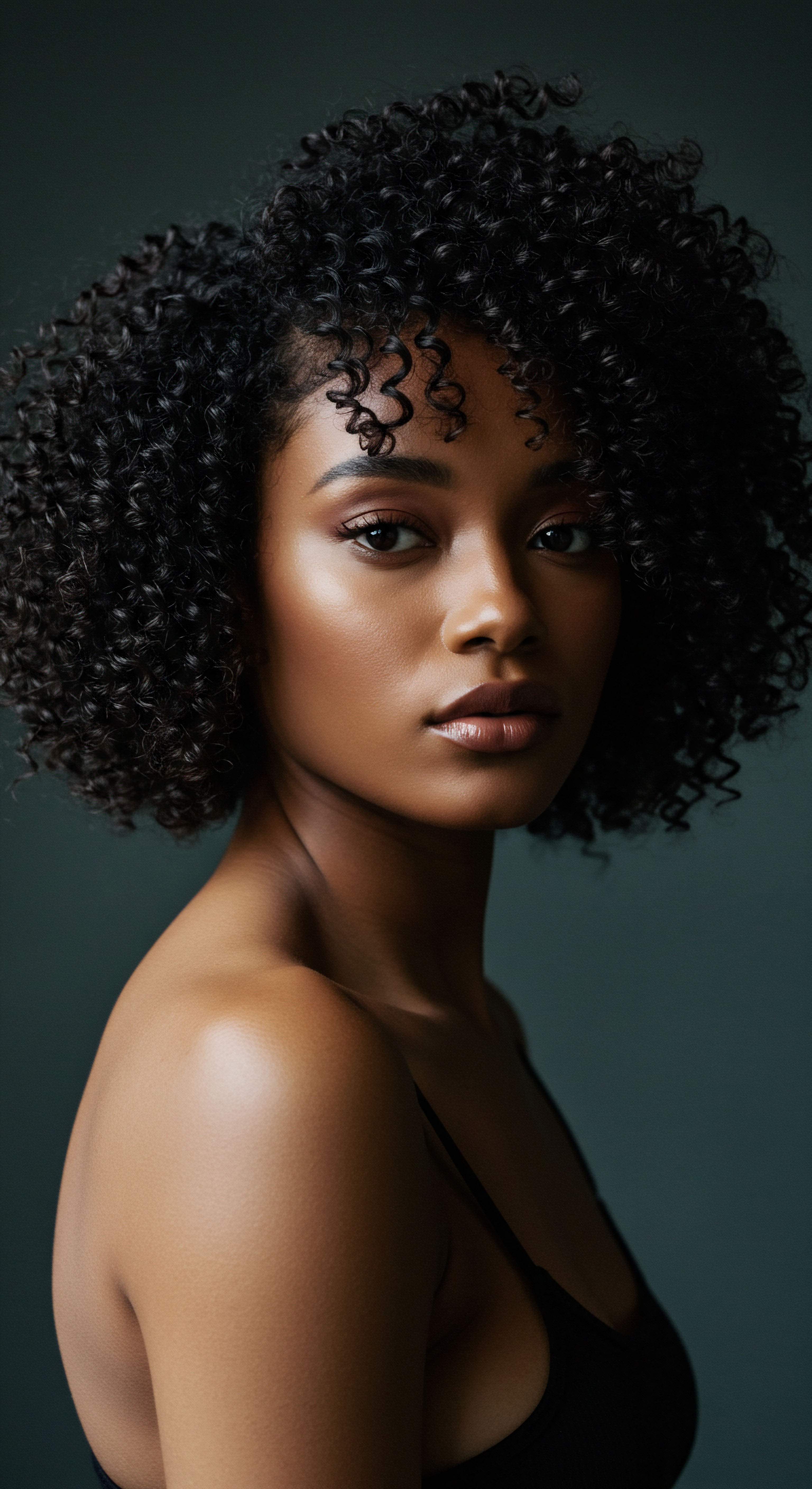
How Do Common Conditioning Agents Affect Aquatic Life?
Beyond the cleansing action, hair care involves a myriad of ingredients designed to soften, smooth, and protect. Among these, silicones and quaternary ammonium compounds, often called “quats,” are prevalent. Silicones, such as dimethicone or cyclopentasiloxane, create a smooth, shiny feel by forming a film around the hair shaft.
While providing immediate cosmetic benefits, many silicones are not readily biodegradable and can persist in aquatic environments, accumulating over time. Their hydrophobic nature means they resist water, which, while beneficial for hair, can pose challenges in wastewater treatment, where they may not be fully removed.
Quats, like behentrimonium chloride, function as cationic surfactants, neutralizing the negative charge on hair fibers to reduce frizz and improve manageability. They act as anchors, binding to the keratin protein of hair. However, their positive charge also gives them a strong affinity for organic and mineral particles in water, which can modify their bioavailability and toxicity in aquatic ecosystems.
Studies indicate that quats may pose risks to aquatic biota, with some concentrations reaching concerning levels. In a 2020 analysis, it was noted that nearly 67% of new hair care products launched contained a quaternary ammonium compound, with behentrimonium chloride present in a significant portion of those.
The very ingredients that bring softness and manageability to our hair can, through their persistence and chemical properties, introduce challenges to the purity of our water.
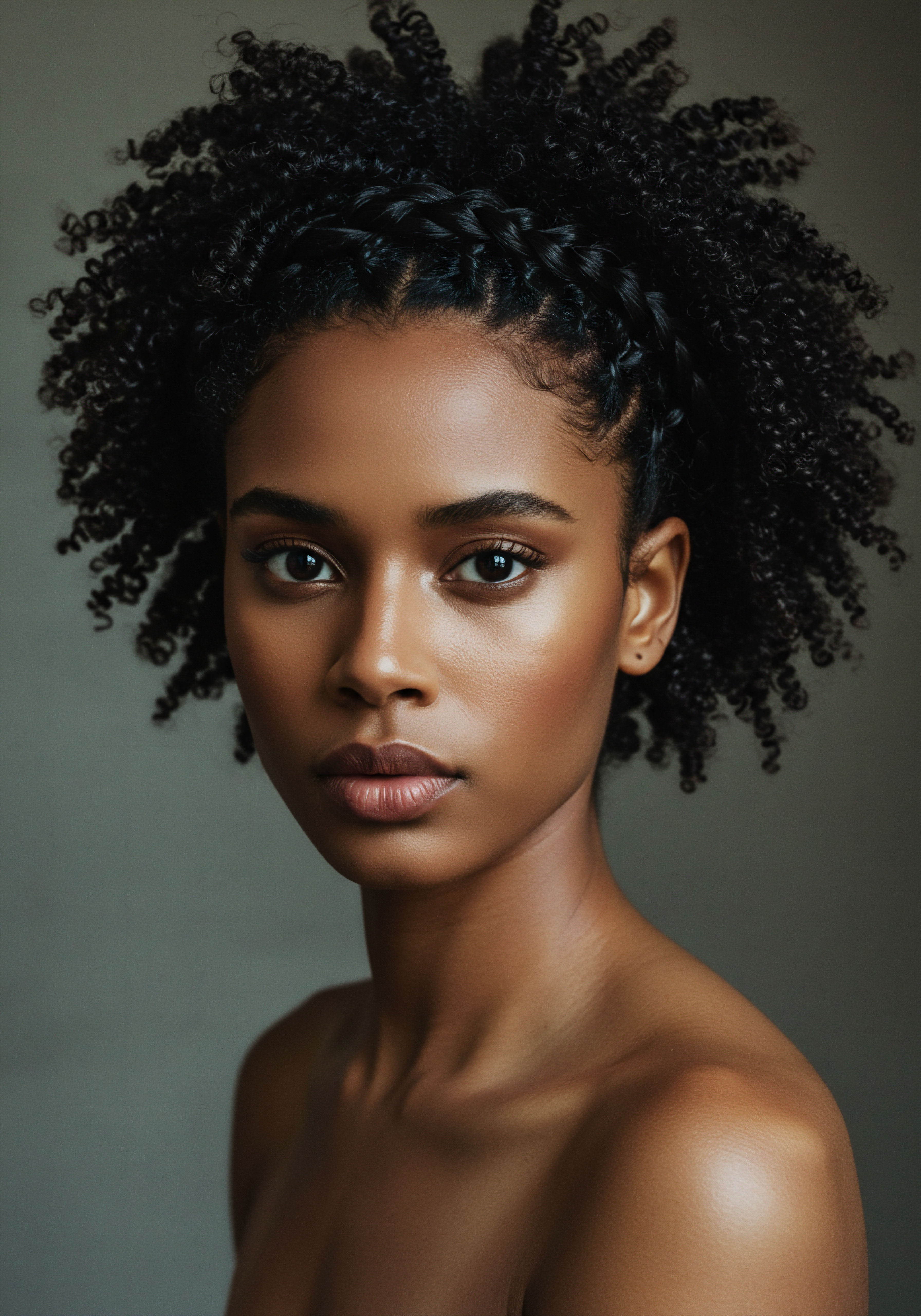
Considering Preservatives and Fragrances
The desire for products with a long shelf life and pleasant aroma leads to the inclusion of preservatives and synthetic fragrances. Preservatives, such as parabens (methylparaben, ethylparaben, butylparaben) and phenoxyethanol, are vital for preventing microbial growth in water-based formulations, ensuring product safety. However, these substances are also recognized as micropollutants.
Parabens, despite some biodegradability, can accumulate in aquatic systems due to continuous release, posing toxic risks to algae, crustaceans, and fish, potentially disrupting their endocrine systems. Phenoxyethanol, when rinsed into water, has been shown to be toxic to aquatic organisms like fish and algae.
Synthetic fragrances, composed of numerous chemical compounds, are designed to mask other odors and provide a lasting scent. Yet, some of these compounds can be allergens or irritants to humans and, once in water, may accumulate in fatty tissues of aquatic organisms. The lack of transparency in “fragrance” listings on product labels makes it challenging for consumers to identify potentially concerning components, including phthalates. Phthalates, used to prolong fragrance, are endocrine disruptors that can leach into water and soil, persisting in ecosystems and potentially harming wildlife by disrupting hormone systems and impacting reproduction.
- Silicones ❉ Many are not readily biodegradable, contributing to accumulation in aquatic environments.
- Quaternary Ammonium Compounds ❉ These conditioning agents can exhibit toxicity to aquatic organisms and persist in water systems.
- Preservatives and Fragrances ❉ Essential for product integrity and appeal, they introduce chemicals that may disrupt aquatic ecosystems and accumulate in the environment.
The choices we make in our hair care rituals, from the conditioners we apply to the scents we prefer, contribute to a larger environmental picture. Understanding the aquatic fate of these ingredients moves us toward more conscious daily practices, aligning our personal well-being with the health of the planet’s waters.

Relay
Our interaction with hair care products extends beyond the individual act of washing or styling; it participates in a global relay, where the chemical composition of our cleansers and conditioners influences distant aquatic biomes. This calls for a deeper reflection, a discerning gaze into the less apparent complexities where science, cultural practices, and environmental stewardship intersect. How do the remnants of our textured hair routines, from the smallest microbead to the most persistent chemical, alter the delicate balance of aquatic life, and what does this mean for the interconnectedness of our world?

How Do Microplastics from Hair Care Products Enter and Alter Aquatic Ecosystems?
The silent migration of microplastics from our hair care products into water systems represents a significant environmental concern. Microplastics, tiny plastic fragments generally smaller than 5 millimeters, are intentionally added to some cosmetic products as exfoliants, emulsifiers, or film-forming agents. Once rinsed down the drain, many of these particles are not fully captured by conventional wastewater treatment plants, leading to their release into rivers, lakes, and oceans.
The sheer volume of these discharges is striking. A 2020 review estimated that approximately 1,500 tons per year of microplastics from personal care products escape wastewater treatment plants and enter the global aquatic environment. Furthermore, the review calculated that from 1970 to 2019, up to 300,000 tons of personal care product-derived microplastics accumulated in the environment. These particles, primarily polyethylene, are highly resistant to degradation, persisting for centuries.
Once in aquatic environments, microplastics pose multiple threats. They can be ingested by a wide array of marine organisms, from small crustaceans to fish and marine mammals. This ingestion can cause physical harm, such as intestinal blockages, and reduce feeding, leading to stunted growth or lower survival rates. Beyond physical harm, microplastics act as vectors, absorbing and concentrating other pollutants, including heavy metals and persistent organic pollutants, which can then be transferred through the food chain, potentially affecting human health through contaminated seafood and drinking water.
The unseen journey of microplastics from our hair care routines into waterways presents a subtle yet persistent threat to aquatic ecosystems, underscoring the enduring impact of our daily choices.
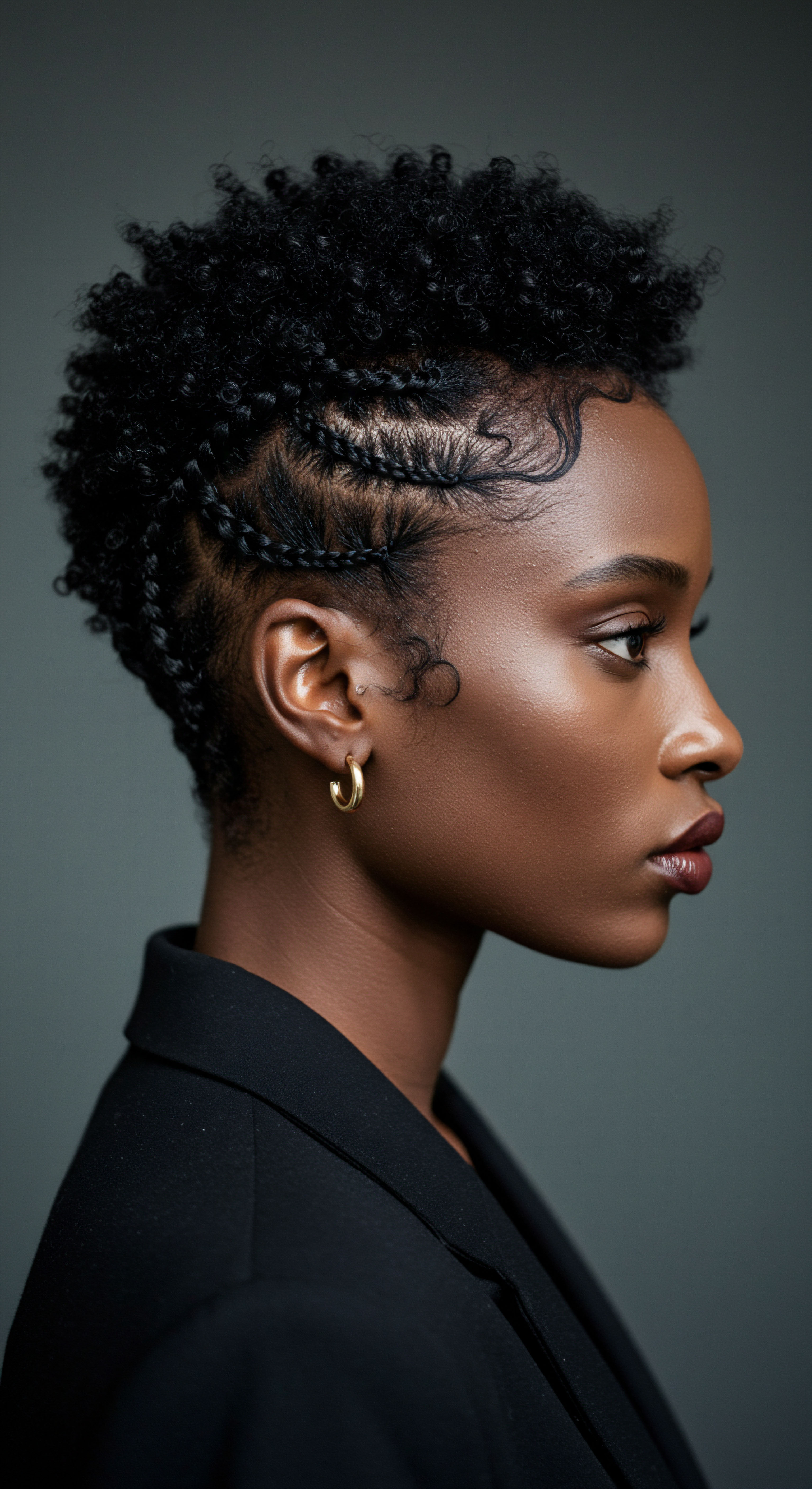
The Unseen Chemical Cocktail in Our Waters
Beyond visible microplastics, a complex mixture of dissolved and suspended chemical constituents from hair care products enters our water systems. These include various types of surfactants, conditioning agents, preservatives, and fragrances, each with its own environmental fate and potential for impact. Wastewater treatment plants, while effective at removing many contaminants, struggle with the diverse and sometimes recalcitrant nature of these personal care product chemicals.
A particular challenge arises from the “cocktail effect,” where individual chemicals, even if biodegradable in isolation, may not degrade effectively when present in a complex mixture with hundreds of other molecules. This can lead to unexpected persistence or the formation of more toxic byproducts. For instance, triclosan, an antimicrobial sometimes found in personal care products, can combine with chlorine in tap water to form chloroform, a possible human carcinogen, and is known to cause hormone disruptions in aquatic life.
The environmental impacts extend to endocrine-disrupting chemicals (EDCs), such as certain phthalates and parabens. These substances can mimic or block natural hormones, interfering with the endocrine systems of aquatic organisms. This interference can result in reproductive and developmental issues in fish and other aquatic species, altering population dynamics and ecosystem health.
- Microplastic Accumulation ❉ Billions of microplastic particles from personal care products are released annually, persisting for centuries and posing physical and chemical threats to aquatic life.
- “Cocktail Effect” ❉ The combined presence of diverse chemicals in wastewater can hinder biodegradation and lead to unforeseen environmental consequences.
- Endocrine Disruption ❉ Certain ingredients act as EDCs, interfering with hormonal systems in aquatic organisms and potentially impacting reproduction and development.

Traditional Hair Care Practices and Water’s Enduring Story
To truly appreciate the implications of modern hair care, it serves us to consider historical and cultural practices. For centuries, communities around the world have relied on natural ingredients for hair cleansing and conditioning, often directly from local water sources. The Red Yao women of China, renowned for their long, healthy hair, have traditionally used fermented rice water, a practice believed to date back to the Tang dynasty. This tradition, deeply rooted in their cultural heritage, utilizes a natural byproduct with beneficial properties for hair.
Similarly, in various African cultures, indigenous plants and natural butters, such as shea butter, have been central to hair care, often sourced sustainably and integrated into local ecosystems. These practices, while not without their own environmental considerations (e.g. resource extraction), generally involved biodegradable materials that integrated more harmoniously with natural cycles. The shift towards industrially produced, synthetic ingredient-laden products marks a departure from these traditional approaches, introducing a new set of environmental considerations for water systems.
The story of our hair care and water is one of evolving practices and increasing complexity. As we move forward, a deeper scientific understanding, combined with a respectful appreciation for historical wisdom, can guide us toward choices that honor both our hair and the planet’s most precious resource.

Reflection
The quiet cascade of water, a timeless companion to our hair care rituals, holds within its flow the echoes of our choices. From the simplest rinse to the most elaborate treatment, each act contributes to a larger narrative, one that intertwines our personal well-being with the health of the planet’s delicate aquatic systems. This exploration has revealed that the journey of hair product ingredients beyond the drain is not a conclusion, but a continuation, a relay of chemical signatures into the unseen currents of our world.
As textured hair stewards, our awareness of these pathways invites a thoughtful pause, prompting us to consider the enduring legacy of our daily care. May our understanding lead us to practices that not only celebrate the beauty of our strands but also honor the life-giving waters that sustain us all.
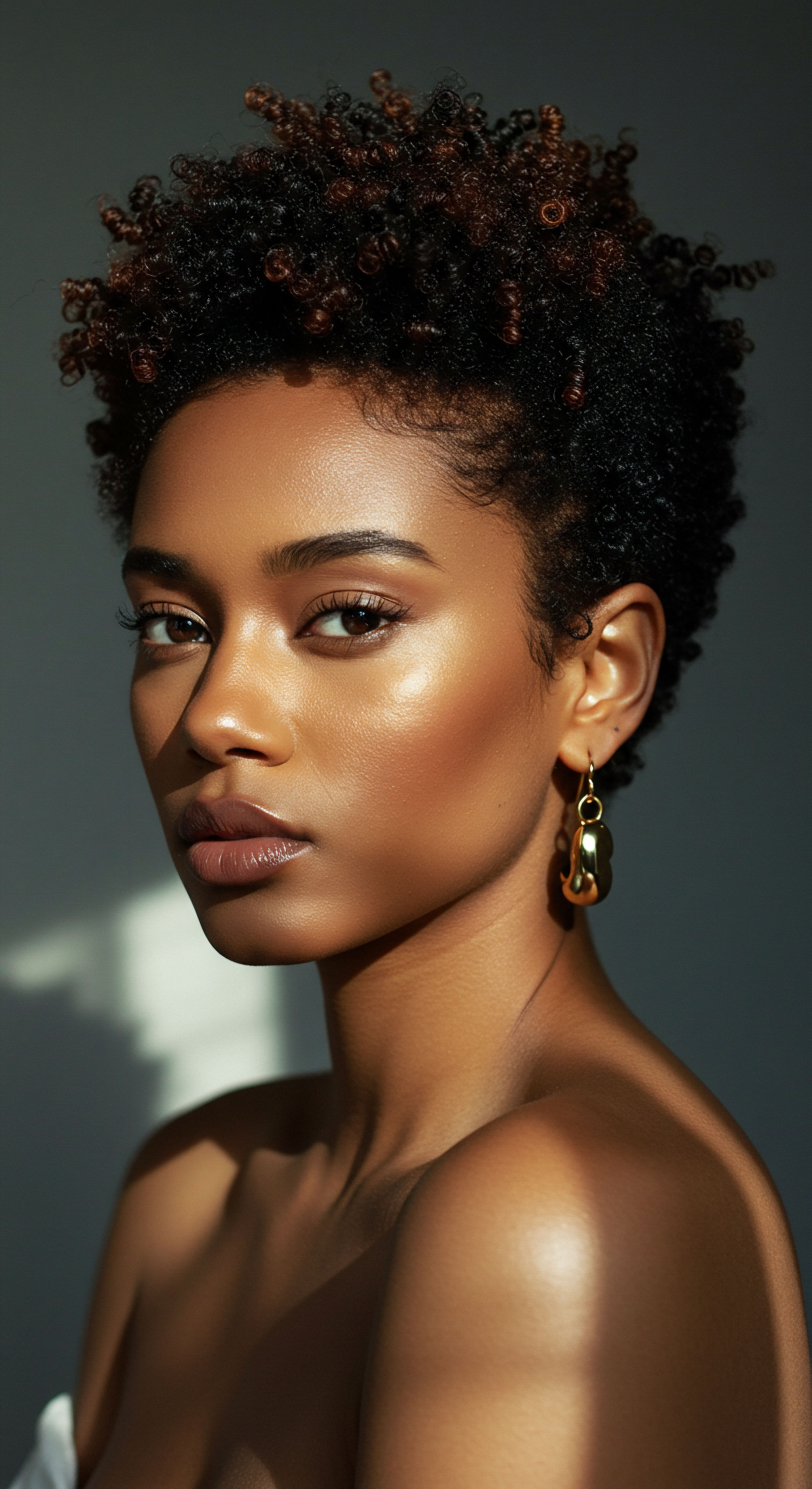
References
- Mozas-Blanco, D. Marín-Benito, J. M. & Juliano, L. (2023). A review of environmental and health effects of synthetic cosmetics. Frontiers in Environmental Science, 11.
- Nowak-Lange, A. Niedziałkowska, M. & Lisowska, K. (2022). Cosmetic Preservatives ❉ Hazardous Micropollutants in Need of Greater Attention? Toxics, 10(11), 696.
- Weston, L. (2023). Sustainable Beauty ❉ How Your Natural Hair Care Routine Supports Wildlife Conservation.
- Innovate UK Business Connect. (2020). Environmentally sustainable compounds for hair conditioners.
- Brickell Men’s Products. (n.d.). What Are Sulfates? Should You Avoid Them?
- Houtman, C. J. & Van Der Meer, W. G. J. (2010). Pharmaceuticals and personal care products and their sublethal and lethal effects in aquatic organisms. Canadian Journal of Fisheries and Aquatic Sciences, 67(12), 1957-1971.
- Yao Secret. (2023). Fermented Rice Water For Hair ❉ History and Get it Now.
- UKM. (n.d.). Microplastics in Cosmetics and Personal Care Products ❉ Impacts on Aquatic Life and Rodents with Potential Alternatives.
- Banyan Tree Essentials. (2019). The History of Hair Care.
- MDPI. (2022). Cosmetic Preservatives ❉ Hazardous Micropollutants in Need of Greater Attention?
- Bleu Lavande. (2024). Phenoxyethanol ❉ Effects on the Body and the Environment.
- Pure Earth. (2024). Phthalates in Beauty Products ❉ Why They’re Harmful and How to Avoid Them.
- Sequential. (2025). Preservatives ❉ Essential for Products, But Are They Disrupting Your Skin?
- Function of Beauty Blog. (n.d.). What Are Sulfates and How Do They Affect Your Your Hair? | F.Y.I.
- Shell Global. (n.d.). Sulfate-free in personal care manufacturing ❉ fact and fiction.
- Orlando Pita Play. (2023). Haircare Rituals Around the World ❉ Exploring Global Traditions.
- MDPI. (2023). Microplastics (MPs) in Cosmetics ❉ A Review on Their Presence in Personal-Care, Cosmetic, and Cleaning Products (PCCPs) and Sustainable Alternatives from Biobased and Biodegradable Polymers.
- Yonkers Times. (2024). The Historical Use of Rice Water in Hair Care Across Cultures.
- Research Journal of Pharmaceutical, Biological and Chemical Sciences. (2021). Health Hazards of Surfactants.
- CAPACITÉS. (n.d.). Cosmetics ❉ how to determine the biodegradability of complex matrices?
- DiVA portal. (n.d.). Quaternary ammonium compounds.
- J-Stage. (n.d.). Acute toxicity of pharmaceutical and personal care products on freshwater crustacean (Thamnocephalus platyurus) and fish (Oryzias latipes).
- PMC. (2023). Physiological impact of personal care product constituents on non-target aquatic organisms.
- ResearchGate. (n.d.). Ecotoxicological effects, environmental fate and risks of pharmaceutical and personal care products in the water environment ❉ A review.
- Condorchem Enviro Solutions. (n.d.). Treatment of effluents from the cosmetic industry.
- O’right. (2024). The Green Revolution in Hair Care ❉ Discovering the Best Sustainable Shampoo in South Africa.
- Verywell Health. (2025). Understanding the Role of Surfactants in Cosmetic and Cleaning Products.
- Hairstory. (2023). Shampoo Pollution ❉ The Environmental Impact of Shampoo.
- Myrto Naturkosmetik. (2024). 13 harmful substances in shampoos.
- SEEN. (n.d.). Phthalates in Hair Products And Why You Should Avoid It.
- RSC Publishing Home. (2023). A comprehensive review on removal of environmental pollutants using a surfactant based remediation process.
- Branch Basics. (2025). Are Surfactants Toxic? The Dangers & Alternatives.
- PMC. (2022). Quaternary Ammonium Compounds ❉ A Chemical Class of Emerging Concern.
- Druide Bio. (2025). Why avoid silicones and sulfates in your hair care products?
- Natural Colour Works. (2023). The Environmental Impact Of Organic Hair Care.
- Donna’s Recipe. (2024). Nurture Your Locks, Nurture the Earth ❉ Earth Day Eco-Friendly Haircare.